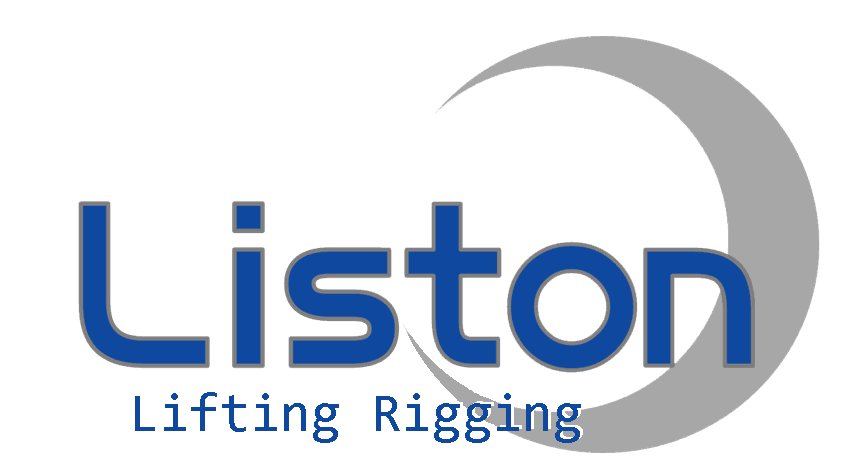Working at heights poses significant risks to workers, making safe fall arrest systems an important part of any job site. Falls from height are one of the leading causes of injuries and deaths in the workplace, so employers must prioritize worker safety. In this article, we’ll explore the importance of safe fall arrest systems and their components, as well as best practices for ensuring the safety of people working at heights.
The Importance of Safety Anti-Fall Systems
Safety fall arrest systems are designed to protect workers from falls while working at heights. These systems are vital for workers in industries such as construction, maintenance and telecommunications, where working at heights is part of their daily routine. By implementing safe fall arrest systems, employers can significantly reduce the risk of falls and mitigate the potential for serious injury or death.
One of the primary benefits of safe fall arrest systems is that they provide a reliable means of protection for workers who may be at risk from falls. These systems are designed to stop workers from falling in the event of an accident, preventing them from hitting the ground or other lower surface. This not only protects individual workers but also minimizes the impact on overall workplace safety and productivity.
Components of safety fall protection systems
A safety fall protection system consists of several key components that work together to provide comprehensive protection for workers working at heights. These components include:
1. Anchor Point: An anchor point is a safe attachment point that connects a worker’s fall protection equipment to a stable structure. These points are critical to ensuring that a fall arrest system can effectively support the weight of a falling worker.
2. Body Harness: The body harness is worn by the worker and serves as the primary connection point between the worker and the fall arrest system. Seat belts distribute the force of a fall throughout the body, reducing the risk of injury.
3. Lanyard or lifeline: A lanyard or lifeline is the connection between a worker’s safety belt and a fixed point. It is designed to absorb the energy of a fall and limit the forces exerted on the worker's body.
4. Shock absorbers: In some safety anti-fall systems, shock absorbers are used to further reduce the impact of a fall on the worker's body. This component is especially important in minimizing the risk of injury in a fall event.
Best practices for ensuring worker safety at height
To ensure the effectiveness of safe fall arrest systems, employers should adhere to best practices for working at heights. These practices include:
1. Proper training: All workers who may be exposed to fall hazards should receive comprehensive training in the proper use of safe fall arrest systems. This training should cover equipment inspection, harness installation, and emergency procedures in the event of a fall.
2. Equipment Inspections: Regular inspection and maintenance of safety fall protection equipment is critical to identifying any signs of wear or damage. Faulty equipment should be replaced immediately to prevent potential failure in the event of a fall.
3. Risk Assessment: Before working at height, employers should conduct a thorough risk assessment to identify potential fall hazards and implement appropriate control measures. This may include installing guardrails, safety nets or other fall protection systems in addition to safety fall protection systems.
4. Supervision and monitoring: Supervision of people working at height is essential to ensure compliance with safety procedures. Additionally, monitoring the use of safety fall protection systems can help identify any issues or areas for improvement.
5. Emergency response plan: Employers should develop a clear emergency response plan for falls. The plan should outline procedures for rescuing a downed worker and providing immediate medical aid.
By following these best practices, employers can create a safer work environment for employees and minimize the risk of falls from heights.
In summary, safety fall protection systems play a vital role in protecting workers from falling while working at heights. By implementing these systems and adhering to best practices for working at height, employers can ensure the safety and well-being of their workers. Prioritizing the use of safe fall arrest systems is not only a legal requirement in many jurisdictions, it is also an ethical obligation to protect the individuals who contribute to the success of the organization. Ultimately, an investment in the safety of those working at height is an investment in the overall success and sustainability of the business.
Post time: Mar-12-2024
